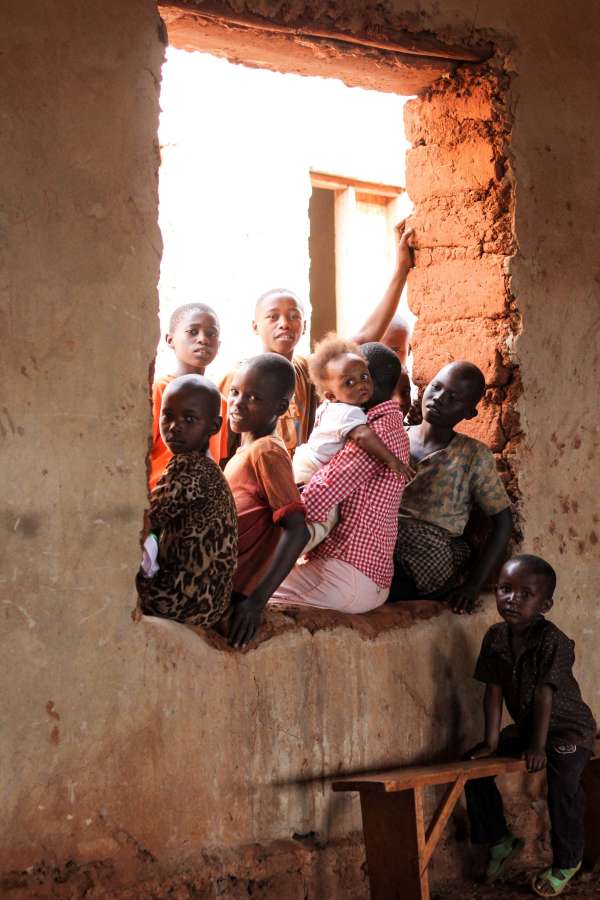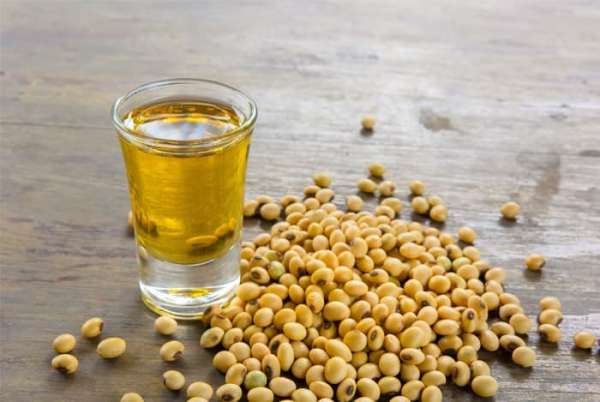Soy is high in protein and provides good nutrition. This scientist has developed a product that will enhance health by improving the nutritional value of a common food.
Soy-Gari Research Opens New Opportunities
By Leticia Amoakoah Twum • From Summer 2021 American Soybean magazine
Research Scientist Leticia Amoakoah Twum details the importance of combining popular dishes like gari with soy flour to fight iron-deficiency in local communities.
As a research scientist, I am excited to share our findings that, adding soy to a food eaten by millions of West Africans has huge potential to reduce iron deficiency anemia and protein-energy malnutrition. Our traditional West African comfort food called gari is made from cassava; it is high in carbohydrates and low in protein.
With support from the American Soybean Association’s World Initiative for Soy in Human Health (ASA/WISHH) program, my colleagues in Ghana and I have published peer-reviewed research in Scientific African Journal. We show that an iron-fortified soy flour-gari blend not only produces a greater yield for consumption, but it also provides an increased nutritional value that traditional gari lacks. Consumers also like the slightly nutty taste of the soy flour gari.
To do this research, my greatest challenge was getting access to relevant information and training. I first learned about ASA’s WISHH when I was selected as a 2014 USDA Borlaug Fellow, which allowed me to spend three months at Purdue University for food science training as well as attend the World Food Prize in Des Moines, Iowa. It was such an honor to be part of the World Food Prize, and I can boldly say it was part of my motivation to take up this project of improving the nutritional quality of gari.
We were introduced to the inspiring legacy of Dr. Norman E. Borlaug. That year, the dialogue emphasized the power of intensifying, innovating, and inspiring to uplift smallholder farmers and meeting the increasing demand for nutritious food. My motivation on this soy-gari project was my little contribution to keeping the Borlaug legacy alive. I am proud of the result.
Upon my return to Ghana, I participated in a briefing with the USDA Foreign Agricultural Service Counselor, who told me about WISHH’s U.S. Agency for International Development-funded work in Liberia with the soy-based gari.
Initial discussions in 2015 with WISHH led to one of the organization’s regional directors personally delivering U.S. soy flour to our research team, and, through WISHH sponsorships, I was able to seek key education opportunities. I am thankful to have participated in the “gari revolution” workshop in Nigeria; these discussions helped me understand the variability in the production and consumption of gari along the west African coast. And I attended the INTSOY training at the Northern Crops Institute, as well as Texas A&M extrusion training that allowed me to gain important knowledge for commercial-scale production. All these opportunities greatly contributed to the success of this project.
One of the objectives of our soy-gari research was to meet the Sustainable Development Goal 2, “Zero Hunger.” Our results clearly address micronutrient deficiency and protein malnutrition. According to research, for any food intervention program to be successful, the food item should be widely consumed by a greater part of the population and should be available all year round. Gari is an economical ready-to-eat staple food, which is consumed by all irrespective of age, gender, economic status, or educational background. Therefore, it is an exceptionally good medium to address the prevalence of micronutrient deficiency and protein malnutrition, especially among women and children. The soy-gari project not only contributes to academic knowledge, but it can easily be commercialized by all gari processors in Ghana and Nigeria.
There are great commercial opportunities for trade in soy-gari food. With the emergence of COVID-19, people have become even more aware of the need to eat healthy. Based on our market survey research, most Ghanaians would prefer purchasing and consuming micronutrient-fortified soy-gari blend, if the prices are reasonable.
The soy-gari product also creates export opportunities that can enhance trade too. I can confidently say that this innovation has significant commercial prospects for cassava farmers, soybean suppliers, gari processors and distributors.





Share this